In a world dominated by emails and social media ads, it’s easy to think that traditional marketing is obsolete. However, using postcards for your business is a surprisingly powerful and relevant strategy. Why? Because it offers a unique, physical connection with customers that digital methods can’t replicate. This approach is not just for large corporations; businesses of all sizes can use postcard marketing to generate leads, boost sales, and build lasting customer relationships without breaking the bank.
Stretch Your Marketing Budget Further
Many business owners assume that physical mail is expensive, but that’s a common misconception when it comes to postcards. In reality, postcard marketing is one of the most affordable ways to reach a targeted audience directly.
The costs associated with a postcard campaign are straightforward. You have the design, printing, and postage. You will be surprised to know that postcards are currently the most cost-effective form of targeted marketing available for businesses.
When you compare the cost per acquisition to some digital channels, direct mail often provides a better return on investment, especially for local businesses trying to attract nearby customers.
Easily Track Your Campaign’s Success
One of the best things about postcard marketing is that you don’t have to guess if it’s working. Measuring the results of your campaign is simple and direct, allowing you to see exactly what kind of return you’re getting on your investment.
So, how can you track your progress?
- Unique Coupon Codes: Add a special discount code that is only available on the postcard. When customers use it, you know the sale came from your mailer.
- Specific Landing Pages: Direct recipients to a unique URL on your website (e.g., www.yourbusiness.com/offer). You can then track the traffic to that specific page.
- Dedicated Phone Numbers: Use a call-tracking phone number that forwards to your main line. This lets you count exactly how many calls your postcard generated.
Since postcard campaigns can be easily tracked, they become one of the best forms of target marketing. You can send small test batches with different offers to see which one performs best before launching a larger campaign.
Cut Through the Digital Noise with Something Real
Think about your own email inbox. It’s likely flooded with promotional messages every single day, and many of them get deleted without ever being opened. A physical postcard, however, is different. It’s a tangible item that your potential customer can hold in their hands.
This physical presence makes a huge impact. Studies have shown that direct mail requires 21% less cognitive effort to process than digital media, suggesting it’s easier for our brains to understand and remember. Your message isn’t just another pixel on a screen; it’s a real-world object that stands out.
This tangible quality helps build a stronger connection and increases brand recall. Because people receive far less physical mail than emails, your postcard has a much higher chance of being seen and read.
Here is a simple comparison between typical postcard and email campaigns:
| Feature | Postcard Marketing | Email Marketing |
|---|---|---|
| Average Response Rate | 5-9% | ~1% |
| Tangibility | High (Physical item) | None (Digital) |
| Digital Fatigue | Low | High |
| Competition | Less crowded mailbox | Extremely crowded inbox |
More Than Just Mail: The Many Uses of a Postcard
The versatility of postcards is another key reason they remain a valuable marketing tool. Their use isn’t limited to a single type of campaign or customer. You can adapt them to fit a wide range of marketing goals.
For instance, you can use a single postcard design to attract new leads and also to re-engage loyal, existing customers with an exclusive offer. They are flexible enough to serve multiple purposes, saving you time and effort on campaign planning.
Beyond being a mailer, a well-designed postcard can also function as an oversized business card, a mini-flyer at events, a gift certificate, or even a product hang tag. This multi-purpose nature adds even more value to your investment.
Reach Your Ideal Customer Directly
Unlike broad advertising methods that cast a wide net, postcard marketing allows for incredibly precise targeting. You can choose exactly who receives your message based on specific demographics and geographic locations.
Direct mail services allow you to purchase mailing lists based on criteria like age, income level, household size, or even interests. This means you can send your offer for a new family restaurant directly to households with children in your local area.
This level of precision ensures that your marketing dollars are spent reaching people who are most likely to be interested in your product or service, dramatically increasing your chances of success.
Frequently Asked Questions about Postcard Marketing
Why is postcard marketing still effective in the digital age?
Postcard marketing works because it offers a tangible connection that cuts through digital clutter. A physical mailer is more memorable than a fleeting email, leading to higher engagement and brand recall among potential customers.
Is postcard marketing expensive for a small business?
No, it’s actually one of the most cost-effective forms of direct marketing. The printing and postage costs are relatively low, and its high response rate often delivers a strong return on investment, making it great for small budgets.
How can I track the results of a postcard campaign?
You can easily track results by including a unique offer code, a QR code linked to a special webpage, or a dedicated phone number on the postcard. This allows you to measure how many leads or sales were generated directly from the mailer.
What kind of information should I put on a marketing postcard?
A successful postcard should have a compelling headline, an attractive image, a clear and irresistible offer, your business contact information, and a strong call to action telling the reader what to do next.
Are postcards better than social media ads?
They serve different purposes and work best together. Postcards are excellent for targeting specific geographic areas and demographics with a tangible message, while social media is great for broader brand awareness and ongoing digital engagement.


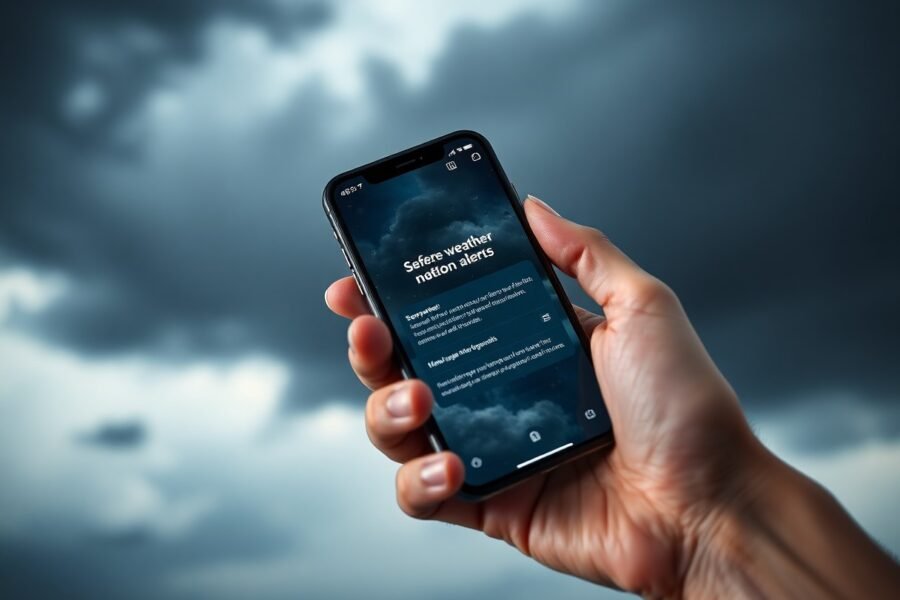
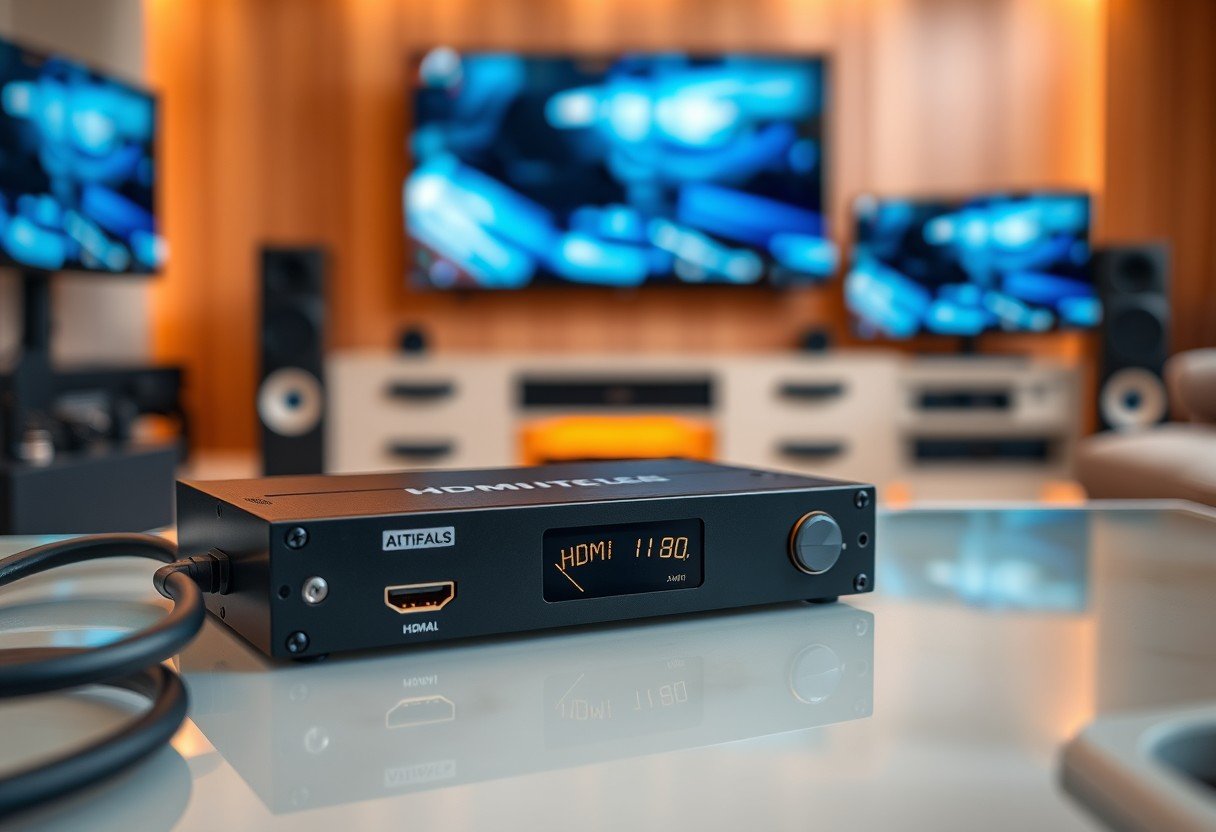
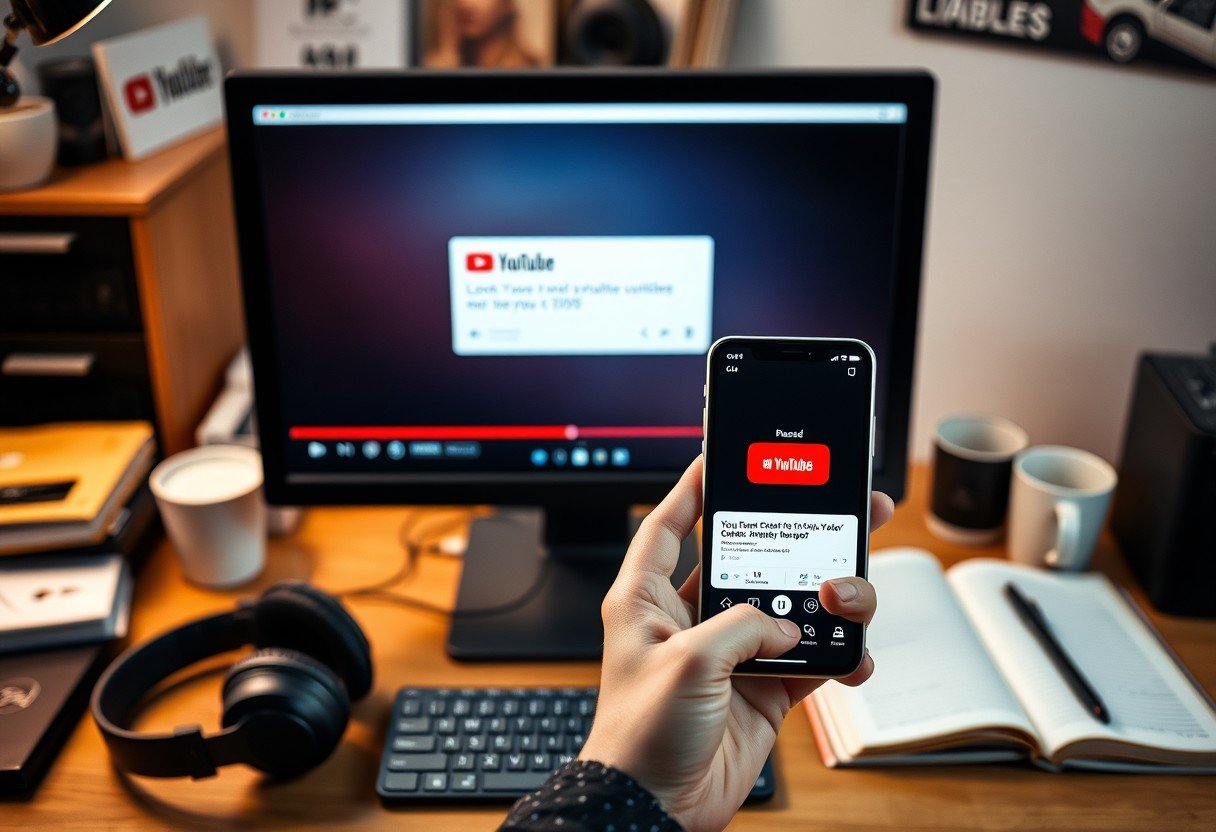

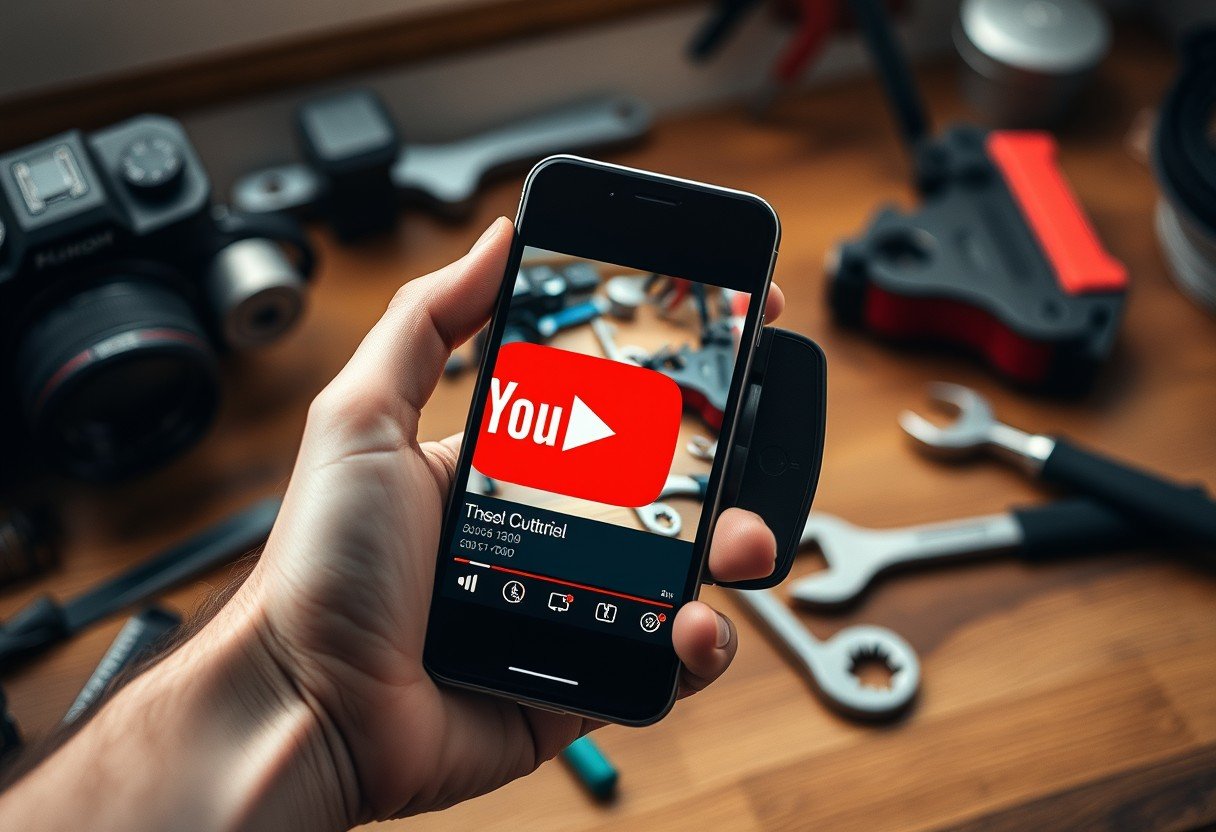

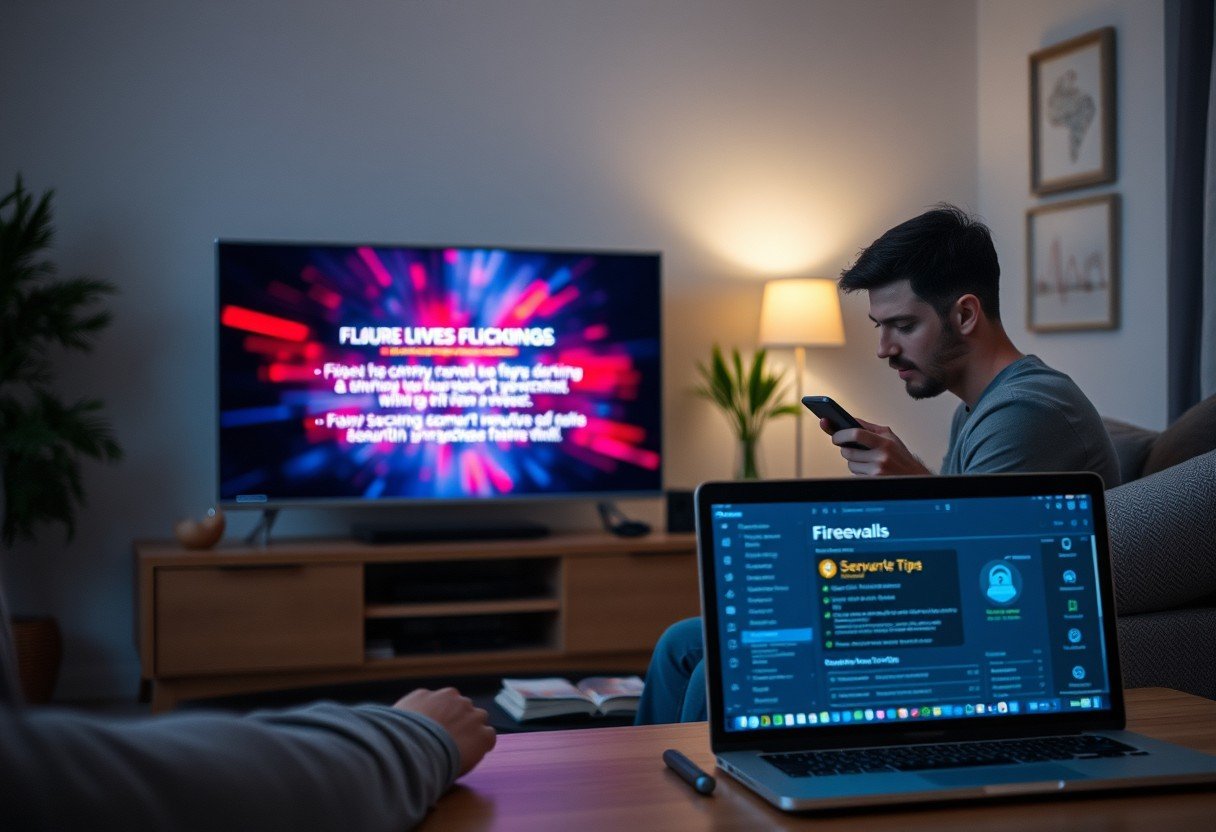
Leave a Comment